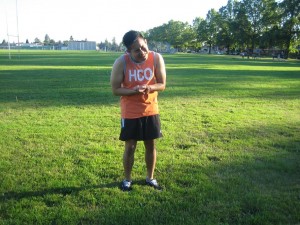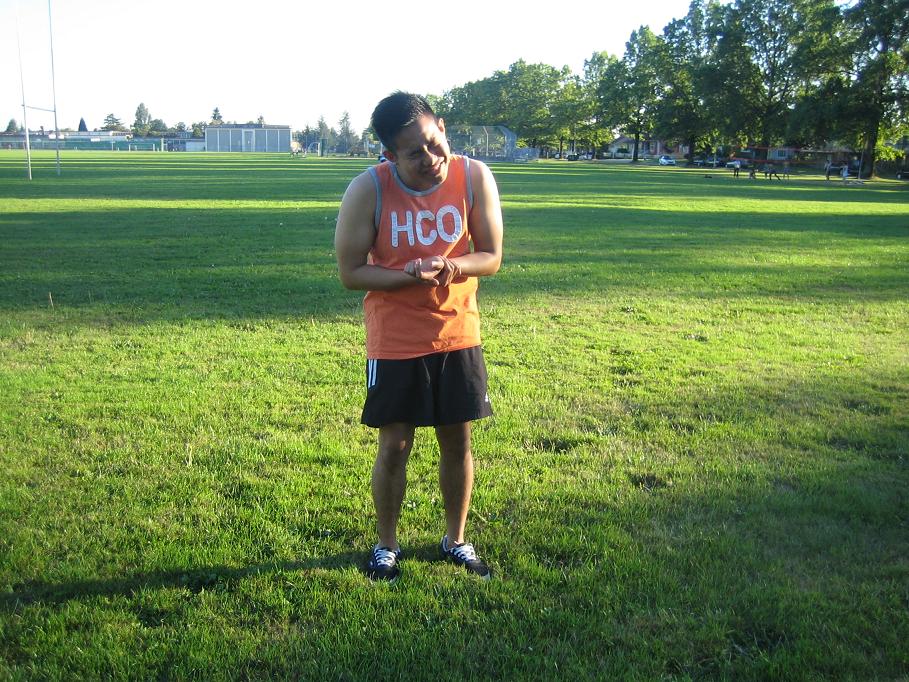Paronychia is an infection on the edge of the fingernail or toenail. It usually affects the cuticle or the skin at the bottom or even the sides of the nail. This condition not properly treated can result to a severe infection such as onychomycosis and herpetic whitlow. People with diabetes, immune system that are weak due to infected with HIV and having an organ transplant are more susceptible to this condition.
Types
- Acute paronychia – infection happens only in one nail
- Chronic paronychia – affects one or more of the fingers at once. This type either does not become healed or keeps infecting the area.
Causes of paronychia
- Chewing, biting, picking at nails, sucking the fingernails and pulling hangnails
- Ingrown fingernails or toenails
- Prolonged exposure of fingers to harsh chemicals
- Wet hands for long periods of time such as food handlers, dishwashers, bartenders and housecleaners
- Staphylococci bacteria that enters the damaged skin such as finger sucking, nail biting, chemical irritants and dishwashing.
- Fungal infection usually happens in people with recurrent infections
Symptoms

- Swelling and redness of the affected area.
- Sore and tenderness when touched
- The area becomes yellow-green in color which is a sign of a buildup of pus under the skin of the fingernail or toenail.
Treatment
- Soak the affected area in warm water for at least 20 minutes 3-4 times every day. Fill a bowl with warm water and soak the affected fingers several times every day for easy drainage of the pus. If a foot is infected fill a basin with warm water to soak the area. Avoid using hot water to prevent discomforts and pain and worsen the condition.
- If the affected area has cut, soak in saline solution. Put few tablespoons of Epsom salt in warm water, mix them well and then soak the area in the mixture. Warm water increases flow of blood and for fast healing of the condition.
- After soaking, dry area and apply petroleum jelly or a prescribed antibacterial ointment. Cover the area using a clean bandage to prevent contamination from germs and cause further irritations.
- If an abscess needs to be drained, seek medical help in draining the area. They will make the affected area numb, and a small incision is made to drain the abscess. Cover the wound using clean gauze and a bandage. Change the dressing at least 2-3 times every day for 2 days. After 2 days soak the area in warm water for at least 15-20 minutes 3-4 times every day or until the condition of the affected has improved.
- Take the prescribed antibiotics to prevent development of infections.
Tips
- Wear rubber gloves when exposing the fingernails in water for long periods of time such as dishwashing.
- Stop biting of fingernails
- Treat chronic illness such as diabetes
- Wash hands properly especially when working in carpentry or dirt where there is a high risk of having scrapes or cuts.
FACT CHECK
https://en.wikipedia.org/wiki/Paronychia

